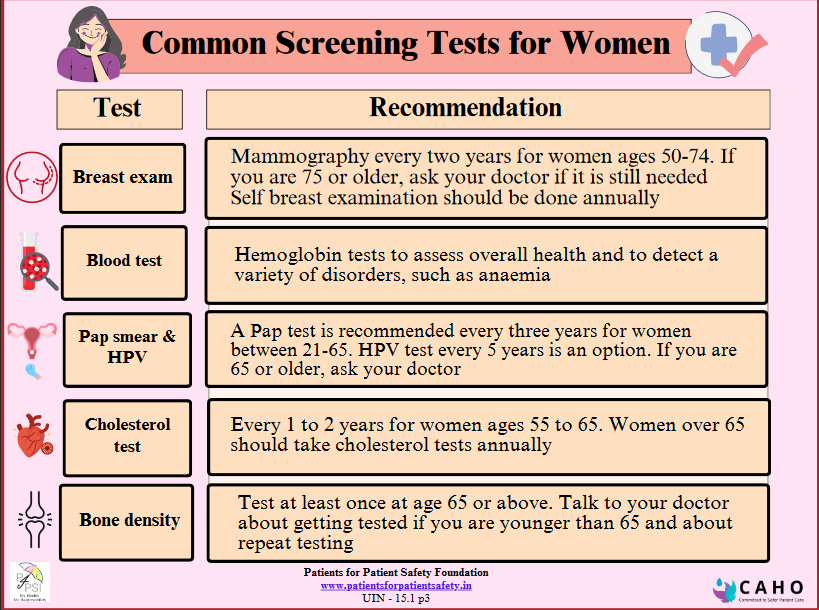
Cervical Cancer - Symptoms, Detection and Treatment
Introduction to Cervical Cancer
Cervical cancer is a common cancer in women. This cancer happens in the cervix, the lower part of the uterus connected to the vagina, caused by persistent infection with a high risk of the Human Papillomavirus (HPV), a sexually transmitted infection. Many women may carry HPV but not all get cervical cancer. Understanding the risk factors, and symptoms, regular screening with Pap smears and HPV testing is essential for early detection to mitigation.

Signs and Symptoms of Cervical Cancer:
- Bleeding between periods or abnormal periods, heavier or longer periods
- Watery vaginal discharge
- Post-menopausal vaginal bleeding
- Pelvic pain or pain during intercourse.
Cervical cancer gives rise to serious complications, and health if left untreated and undetected, the cancer can progress leading to metastasis which can be life-threatening.
Who is at risk:
While all women are susceptible the following are at higher risk:
- Women living with HIV are 6 times more likely to develop cervical cancer compared to women without HIV.
- Women who are sexually active at a young age or have multiple sexual partners
- Long-term :use of birth control pills
- Multiple children: Having three or more full-term pregnancies may.
- Having a weakened immune system makes the body unable to fight infections.
Preventing measures of Cervical Cancer:
- Get HPV (Human Papillomavirus ) Vaccination: The vaccine protects against common straight HPV known to cause cancer. These can be taken early startup 9 years. The detected with recommend.
- Limiting sexual partners, being in a monogamous relationship(single partner) and practising safe sexual behaviour can reduce the risk of exposure to HPV.
- Regular check-ups including routine gynaecological examinations and cervical screening is crucial for early detection.
- Pap Smear test This test detects abnormal or irregular cells in your cervix. during self-exams and report them to a healthcare professional.
- HPV test This test detects the high-risk types of HPV infection that are most likely to cause cervical cancer.

Treatment option for Cervical Cancer:
The doctor will decide the treatment protocol based on the stage, history and overall health condition:
- Radiation therapyuses energy beams to kill cancer cells on your cervix.
- Chemotherapy (chemo) uses drugs that are injected through your veins or taken by mouth to kill cancer cells. There are several drugs used for chemo and they can be combined.
- Surgery different kinds of surgery are used to treat cervical cancer. Some of the most common kinds of surgery include laser surgery, burn off cancer cells, cryosurgery to freeze cancer cells, etc.
- Removing a sample of breast cells for testing to confirm whether there is cancer or not, a sample of tissue is removed from the breast.
It is crucial for individuals to be aware of the risk factors, and undergo early diagnosis and proper medical care which can significantly improve the chances of successful treatment and survival rates.

 Back
Back